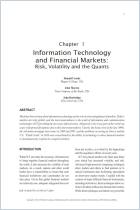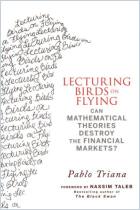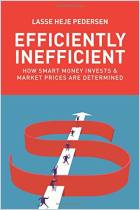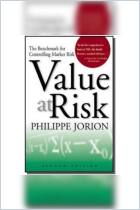
Recommendation
Hedge fund manager Rishi K. Narang set out to climb Mount Everest by trying to shed light on an area of the investment world – quantitative strategies and high-frequency trading – that many call a “black box.” The summit that Narang reaches is in the achievement of explaining to the layperson and breaking down a complex and oft-misunderstood subject in an entertaining way. His book – a lively mixture of plain English, helpful analogies and real-life examples – provides a thorough walk-through showing how a quantitative strategy fund actually operates. Narang debunks many of the myths that surround quantitative trading and opens that black box to the light of day. getAbstract recommends his useful guide to anyone who wants to invest in or simply understand “quant” funds. Fear of technology and change has discouraged many investors from this sector, but, as time goes on, quantitative trading will likely become mainstream. Narang’s treatise will ensure you don’t get left behind.
Summary
About the Author
Rishi K. Narang founded and runs Telesis Capital LLC, a quantitative-strategy investment management company. He has worked in the hedge fund industry since 1996.























Comment on this summary or 开始讨论